HR Process Automation
The role of human resources is increasingly important to an organization’s success beyond traditional functions. Key objectives of HR are shifting away from manual-driven administrative duties to developing an engaging workplace and driving operational efficiency. Manually processing employee records and leave application takes time away from strategic goals of talent recruitment and employee engagement. Many HR managers believe they could contribute even more if they could free themselves of manual tasks, including those surrounding records management, employee onboarding, payroll and leave management, and more.
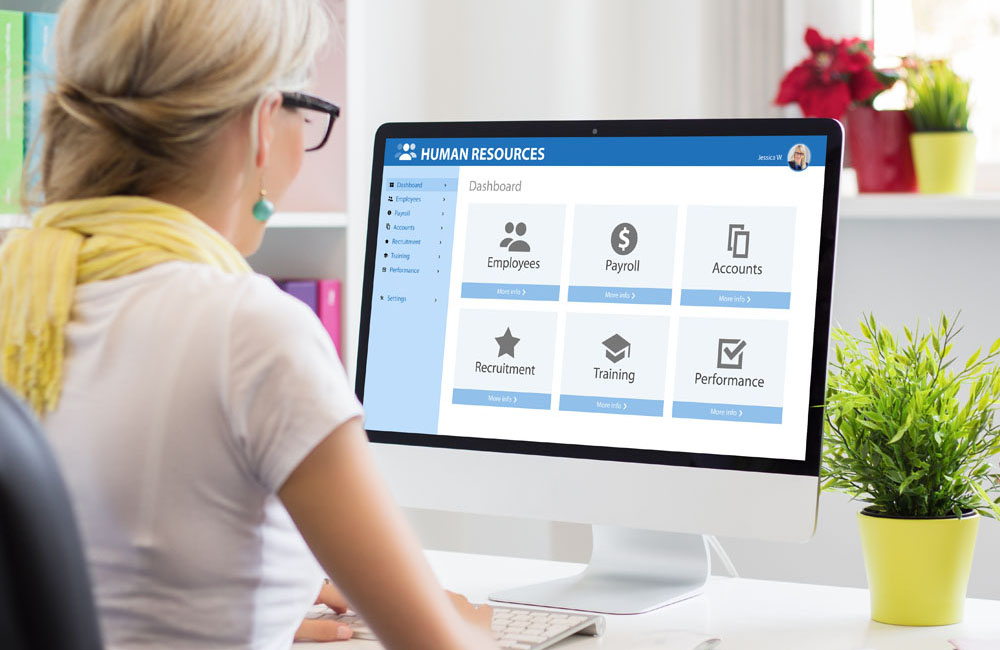
The HR processes can be automated include:
Recruitment
Employee onboarding
Leave application management
Payroll management
Recruitment process automation
Finding the right talent takes time. Budget approval, creating job posting, tracking applicants, manually screening through a high volume of job applications, scheduling interviews, and negotiating offers may take months.
Using automation to streamline recruitment processes can significantly save time for HR managers, who can manage and create job requisition in minutes for new position. Hiring managers can start recruiting quickly and hiring time is significantly shortened.
The data that is automatically collected during each stage of the hiring process provides valuable insight and information. It will help you to optimize the hiring process and quickly identify the right candidates with data analytics.
Onboarding process automation
A seamless onboarding experience for new hires leaves a strong first impression of your organization, helping your new employees feel welcome and excited about starting their new role. Speeding up onboarding processes means quicker time to productivity for your new hire.
Onboarding automation allows you to create, customize and process job offers much faster than spreadsheet. Employees can access a suite of helpful resources (including company policies, training materials) via automated workflows, helping new hire to feel confident and motivated.
Leave application automation
Managing leave is a tiring process for both HR teams and employees as there are different types of leave, including PTO, sick leave, earned leave and maternity leave. Since all leave data must be well documented for compliance, organization must find a way to centralize and keep track of all their leave records.
By automating the leave process from application, approval/rejection, management of leave balance, employees can apply any types of leave and get approval within a few clicks anytime anywhere. Managers can stay on top of their team member availability when assigning tasks. Consistent recordkeeping increase access to the most up-to-date information, and make compliance and audits easier.
Payroll automation
Processing payroll is one of the most essential, and yet often one of the most cumbersome functions in any business. Payroll errors like delays or miscalculations don’t just harm the employer and employee relationships; it also affects the company's reputation and employee retention.
Payroll automation helps HR managers to eliminate manual tasks including data entry, timesheet and leave tracking, ensuring highly accurate salary calculations and on-time payments to employees. Payroll analytics provides decision-makers with better insights into the total cost of labour and cash flow management. The correct analysis of payroll data can also support business leaders in formulating strategies for future growth.
Benefits by Automating HR Processes:
Increasing productivity
Time saved through automation can be redirected to engaging employees, and driving high-value initiatives and tasks.
Minimizing risk of non-compliance penalties
Automation and electronic records management enhances security and information governance, and mitigates risk of unauthorized access.
Gaining insights from big data analysis
Once processes are automated, HR managers can analyze workflow and bottlenecks to make informed decisions for continuous process improvement.
Saving operation costs
A paperless environment can significantly reduce the costs of printing, storage and courier associated with paper record management. It also helps to reduce the number of employees required to perform tasks manually by automating HR.
Recommended resources for you

Global Real Estate Leader Simplifies and Brings Agility to Its HR Workflow with Ricoh
Find out how Mapletree fulfilled the needs of its growing global workforce with a digital HR document management solution.
Our Key Partners
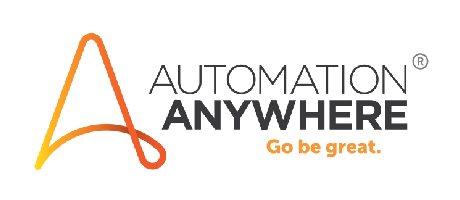
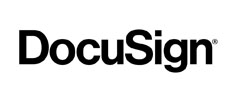

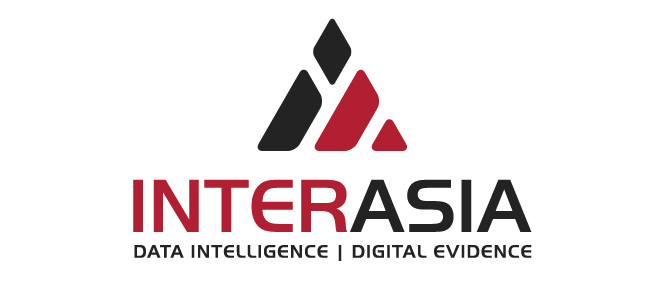
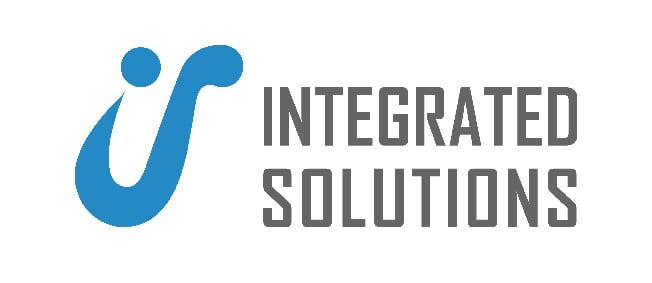

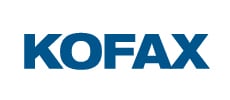

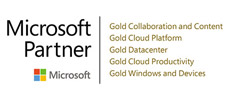
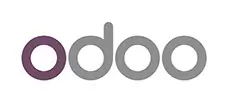

Get in touch with one of our consultants and find out how we can help you create your hybrid workplace.
Let's Connect

